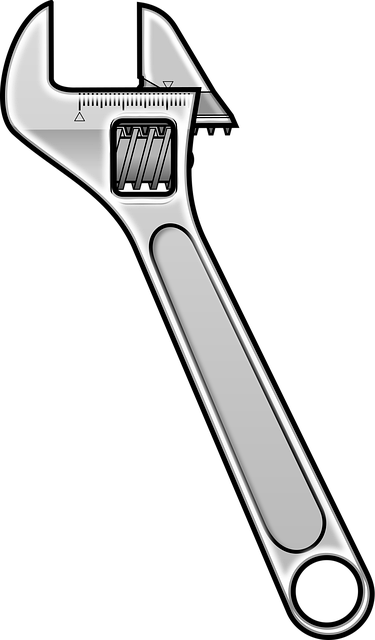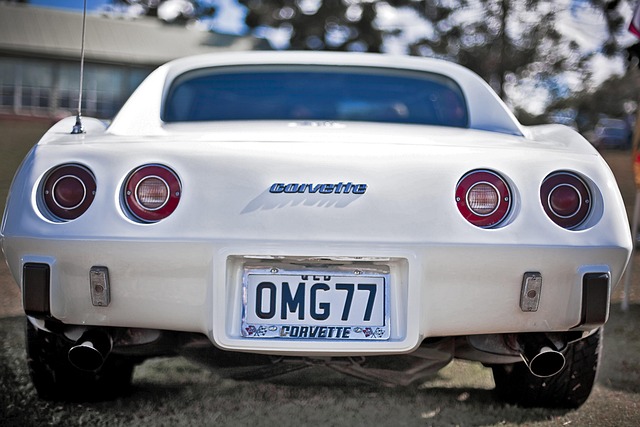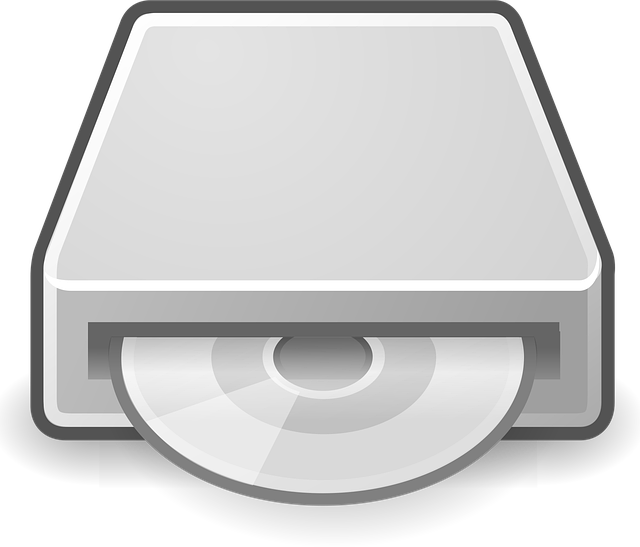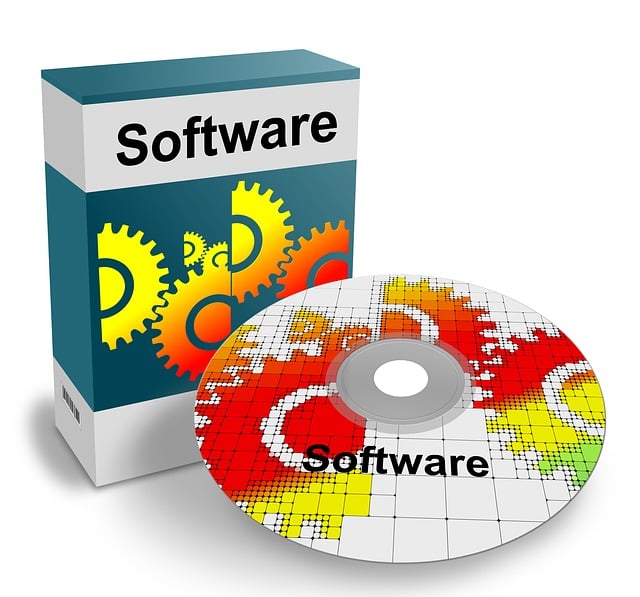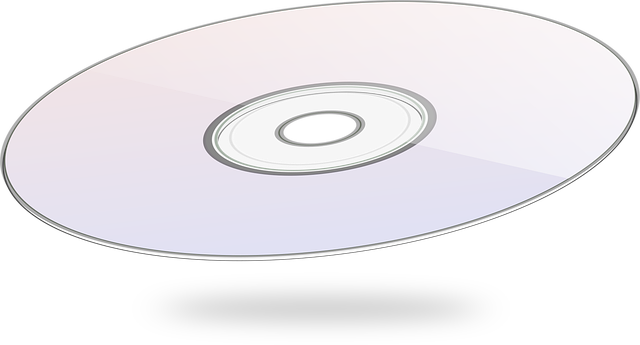Chiropractic management provides a safe, effective non-surgical treatment for herniated discs resulting from post-car crash injuries. Spinal decompression techniques, including gentle stretching and adjustments, alleviate pain by reducing nerve pressure, allowing damaged tissues to heal. Rest, exercise, heat/ice therapy, posture correction, and ergonomic changes are also crucial for managing symptoms and preventing future issues.
“Experience lasting relief from herniated disc pain with spinal decompression, a non-invasive approach gaining traction in chiropractic care. This article delves into the world of spinal decompression, exploring its effectiveness for herniated discs and offering insights into chiropractic management after post-car crash injuries. Discover how this innovative technique provides targeted relief, promotes healing, and empowers individuals to reclaim their active lifestyles. By understanding these strategies, you’ll gain valuable knowledge towards navigating your recovery journey.”
- Understanding Spinal Decompression for Herniated Discs
- Chiropractic Management After Post-Car Crash Injuries
- Effective Relief and Healing Strategies for Pain
Understanding Spinal Decompression for Herniated Discs
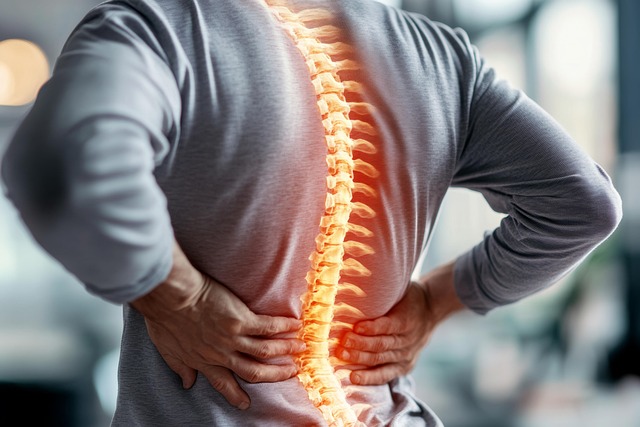
Spinal decompression is a non-surgical treatment option gaining popularity for individuals suffering from herniated discs, especially after a post-car crash injury. This technique aims to alleviate pain and restore function by gently separating the vertebrae in the spine. The gentle stretching of the spine creates negative pressure within the intervertebral spaces, allowing for the disc bulge or herniation to reduce its size and relieve pinched nerves.
Chiropractic management plays a significant role in this process, as chiropractors are trained to perform spinal decompression techniques safely and effectively. This treatment is particularly beneficial for those who seek an alternative to surgery or want to avoid invasive procedures. By targeting the affected area with precise adjustments, chiropractors can help promote disc health and healing while offering relief from acute and chronic pain associated with herniated discs.
Chiropractic Management After Post-Car Crash Injuries
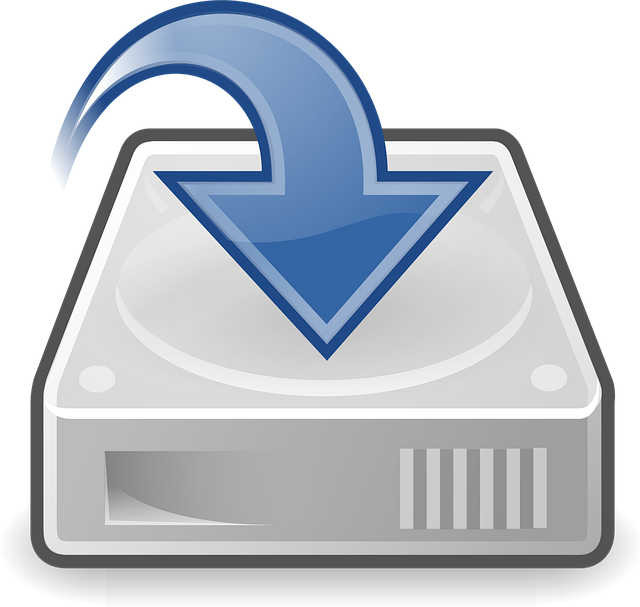
Chiropractic care is a popular and effective approach to managing pain resulting from post-car crash injuries, particularly when it comes to treating herniated discs. After a car accident, individuals often experience spinal trauma that can lead to disc herniation, causing pain, numbness, or weakness in the back, legs, or arms. Chiropractic management focuses on adjusting and manipulating the spine to reduce pressure on the affected nerves, which can alleviate symptoms associated with herniated discs.
Chiropractors use a variety of techniques, including hands-on adjustments, gentle stretching, and specialized tables, to decompress the spine and promote healing. This non-invasive approach is often preferred by patients as it avoids the risks associated with surgery and encourages the body’s natural ability to heal itself. By addressing the underlying spinal misalignments caused by the crash, chiropractors can help individuals find relief from chronic pain and improve their overall mobility.
Effective Relief and Healing Strategies for Pain
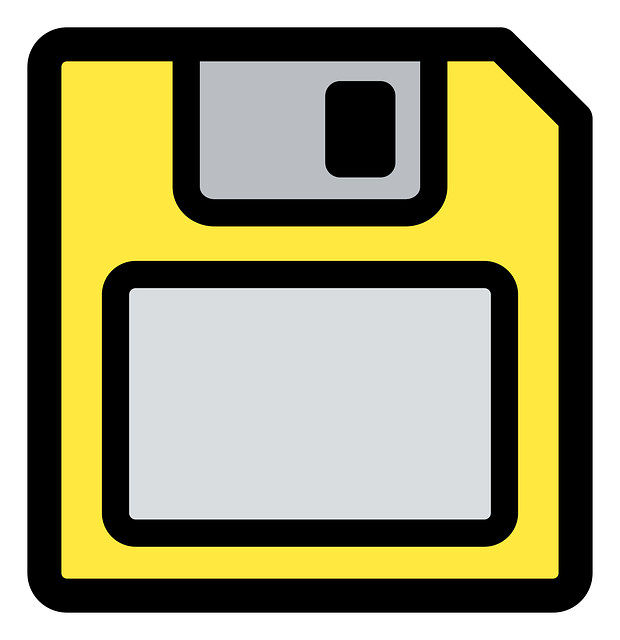
Spinal decompression is an effective relief and healing strategy for individuals experiencing pain from herniated discs, especially after a post-car crash incident. This non-surgical treatment approach focuses on gently stretching and manipulating the spine to reduce pressure on the affected areas, allowing for the healing of damaged tissues. By adjusting the spacing between vertebrae, chiropractic management can help alleviate nerve compression and reduce inflammation, providing significant relief from acute and chronic pain associated with herniated discs.
In addition to spinal decompression, several other strategies can aid in managing and healing herniated disc pain. Resting and avoiding strenuous activities post-injury is crucial to prevent further damage. Incorporating gentle exercises and stretching routines approved by healthcare professionals can strengthen the back and core muscles, fostering stability and promoting healing. Applying heat or ice packs can also help manage pain and reduce inflammation. Proper posture maintenance and ergonomic adjustments at work or home are essential long-term strategies to support spinal health and prevent future herniated disc issues, particularly for those who engage in occupations involving prolonged sitting or heavy lifting.
Spinal decompression therapy has proven effective in providing relief from herniated disc pain, especially after post-car crash injuries. By employing gentle, controlled forces to stretch the spine, this non-invasive approach can help reduce pressure on nerve roots and promote healing. Chiropractic management plays a crucial role in managing these injuries, offering tailored treatments including spinal manipulation and other complementary strategies. Through a combination of effective relief techniques, individuals can experience improved mobility and reduced pain, leading to a faster recovery and enhanced quality of life.


